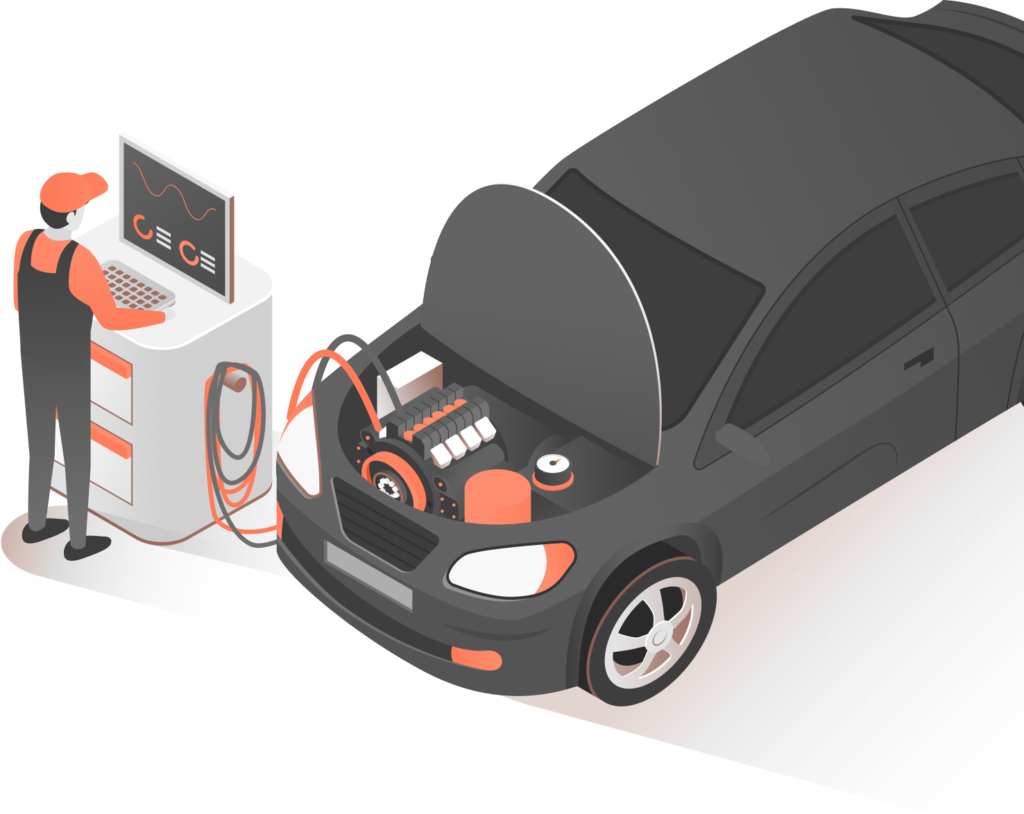A camshaft seal is a component of the valvetrain in your engine. It provides a seal around the end of the camshaft to prevent oil from leaking out.
he camshaft in an engine serves to open and close all of the intake and exhaust valves that allow air and fuel to enter the combustion chambers and exhaust gases to escape. Most modern engines position the camshaft(s) at the top, inside of the cylinder head(s). An engine can have anywhere from one to four camshafts that actuate as many as thirty two valves. And all of those components rely on engine oil for lubrication.
But a camshaft is driven to rotate by the timing belt or timing chain. In order for that to happen, the camshaft must protrude through the front wall of the cylinder head (or engine block, in the case of some older engines) to the compartment where the timing belt or chain is located. The camshaft seal is what keeps engine oil inside the cylinder head.
One of the reasons that a camshaft seal is usually replaced along with the timing belt and other timing components is because it is a labor intensive procedure that requires a good deal of tools and training. To replace the camshaft seal, a technician needs to gain access to the front of the engine. This usually requires safely lifting and supporting the vehicle off of the ground, removing shields, guards, covers, ducts and the serpentine drive belt. The radiator might also need to be removed, depending on the orientation of your engine.
With those items out of the way, a typical camshaft seal replacement (the procedure differs from one vehicle make and model to the next) involves the following general steps:


The camshaft seal fulfills one purpose, to prevent oil from leaking from the cylinder head around the camshaft. If oil escapes through the camshaft seal, it needs to be replaced.
If an oil leak from the camshaft seal is significant, you might notice a puddle of oil on the ground beneath the front of your engine (the passenger side in most front-wheel-drive vehicles). You might also notice oil leaking from the bottom of the timing cover near the serpentine drive belt on your engine, but only if your engine has a timing belt. That is because the timing cover on an engine with a timing chain is sealed as well. Therefore, a leak from the camshaft seal would not be evident from the timing cover. In fact, an engine with a timing chain might not even have a camshaft seal.
This is demo Question
This is demo Answer

